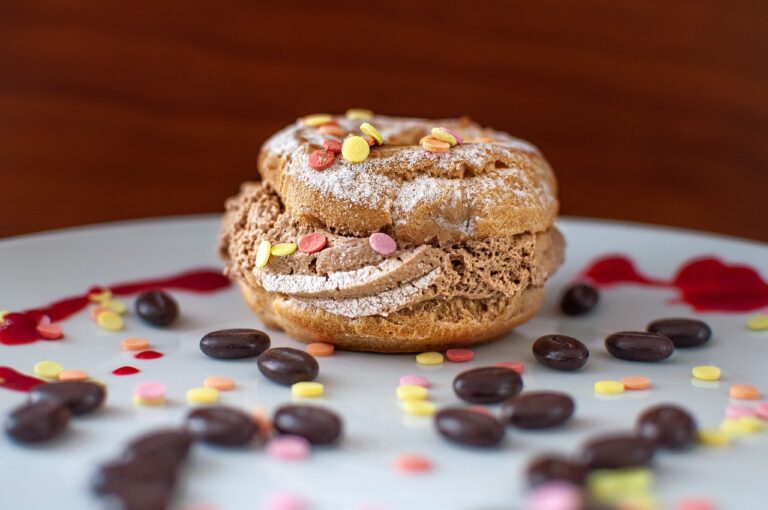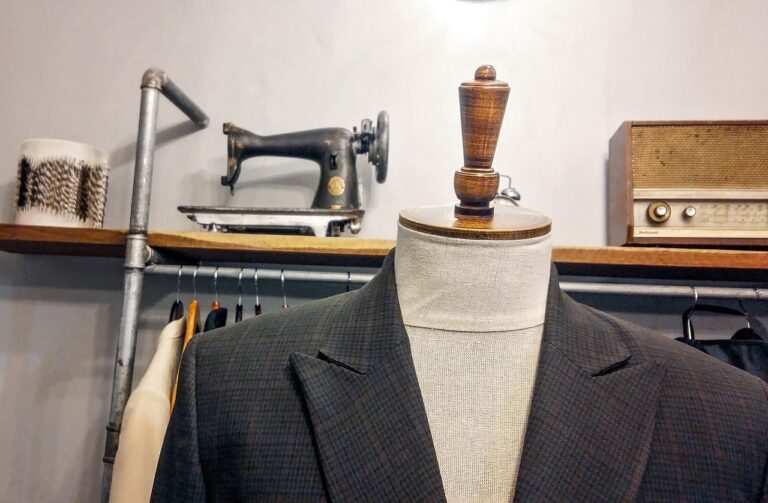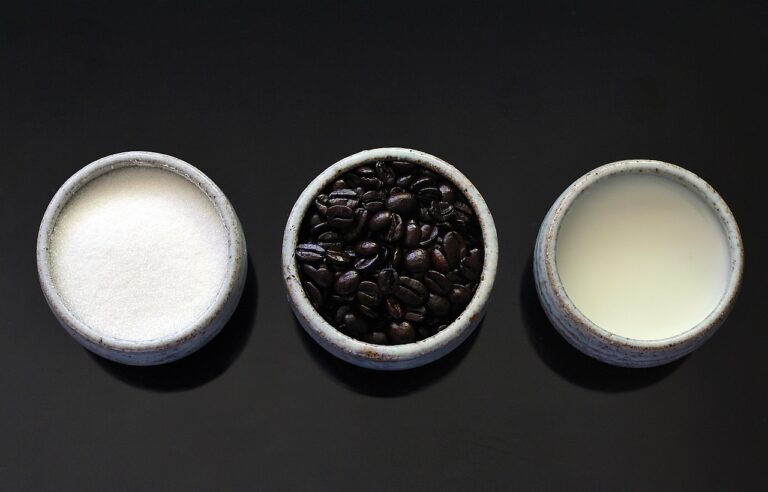From Runway to Retail: How Fashion Trends Make It to the Stores
Fashion industry leaders are constantly seeking to stay ahead of trends, predicting what will captivate consumers next. This practice involves a meticulous analysis of societal, cultural, and economic factors to anticipate the styles that will be in vogue. By scrutinizing runway shows, market research, and consumer behavior, trend forecasters attempt to provide designers and brands with valuable insights to guide their creative direction.
Trend forecasting serves as a compass for designers, assisting them in making informed decisions on color palettes, silhouettes, and fabric choices. By uncovering emerging trends and consumer preferences, designers can tailor their collections to meet the demands of the ever-evolving fashion landscape. This proactive approach not only enables designers to craft collections that resonate with consumers but also gives them a competitive edge in the fast-paced world of fashion.
Designers’ Inspiration Sources
Fashion designers often draw inspiration from a myriad of sources, ranging from art and culture to nature and architecture. The vibrant colors of a bustling market, the intricate patterns of a historical tapestry, or the fluid lines of a contemporary sculpture can all ignite a spark of creativity in a designer’s mind. By exploring diverse sources of inspiration, designers can infuse their creations with originality and depth, offering consumers fresh and innovative designs to choose from.
In addition to external sources, designers also often find inspiration within themselves. Their personal experiences, memories, and emotions can serve as powerful catalysts for creativity, influencing the shapes, colors, and textures of their designs. By tapping into their own inner world, designers are able to create pieces that not only reflect their unique sensibilities but also resonate with consumers on a deeper level, fostering a sense of connection and authenticity in the world of fashion.
What is trend forecasting in the fashion industry?
Trend forecasting in the fashion industry involves predicting future trends in clothing, accessories, and other fashion items based on various factors such as societal influences, cultural shifts, and technology advancements.
How do designers find inspiration for their collections?
Designers find inspiration from various sources such as art, nature, travel, history, music, and even current events. They also often look to trend forecasting agencies for insights on upcoming trends.
Why is trend forecasting important for designers?
Trend forecasting helps designers stay ahead of the curve and create collections that are relevant and appealing to consumers. It also allows designers to tap into new markets and expand their customer base.
Can designers use their own personal experiences as inspiration?
Yes, many designers draw inspiration from their own personal experiences, memories, and cultural backgrounds. This personal touch often adds depth and meaning to their designs.
How can aspiring designers improve their trend forecasting skills?
Aspiring designers can improve their trend forecasting skills by staying informed about current events, following fashion blogs and magazines, attending fashion shows and events, and networking with industry professionals. Additionally, taking courses in trend forecasting can also be beneficial.





